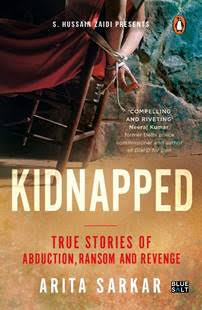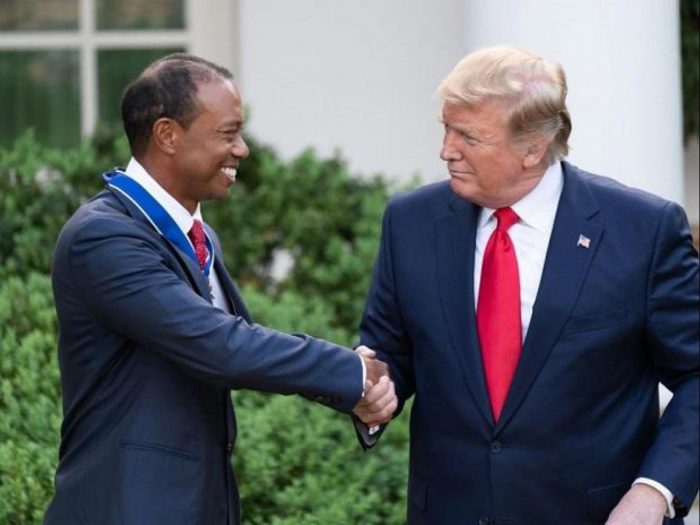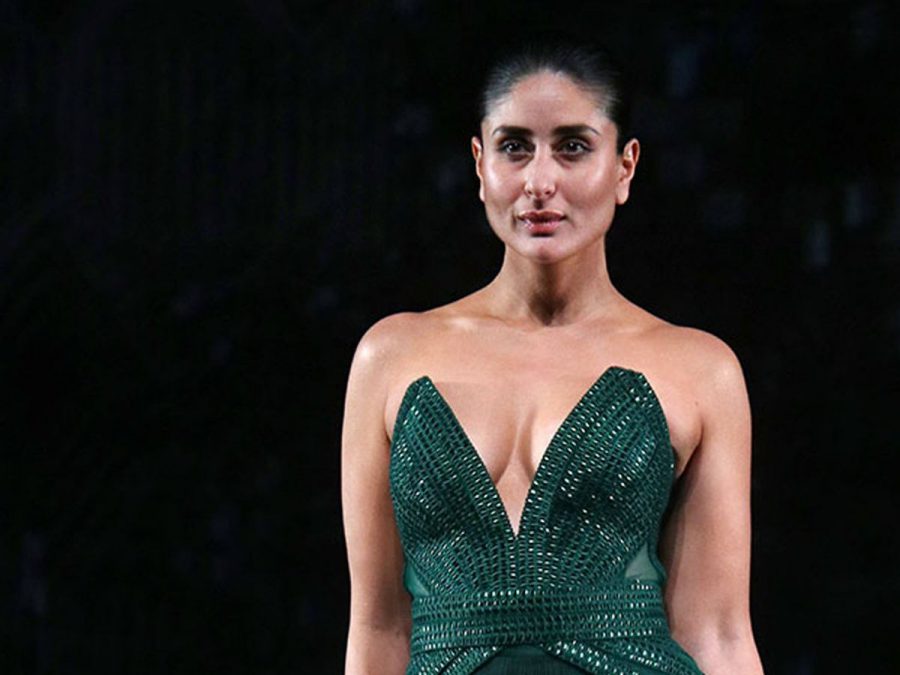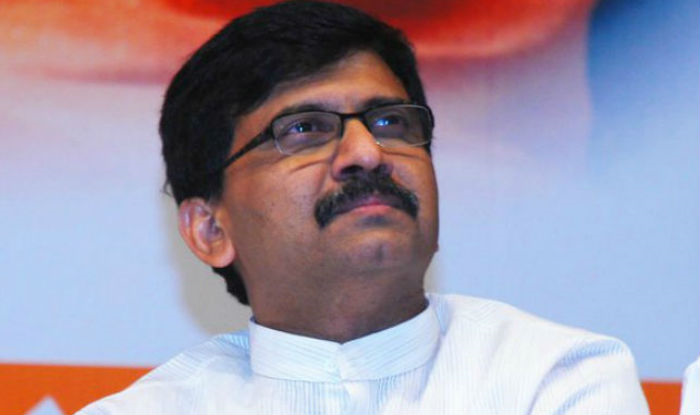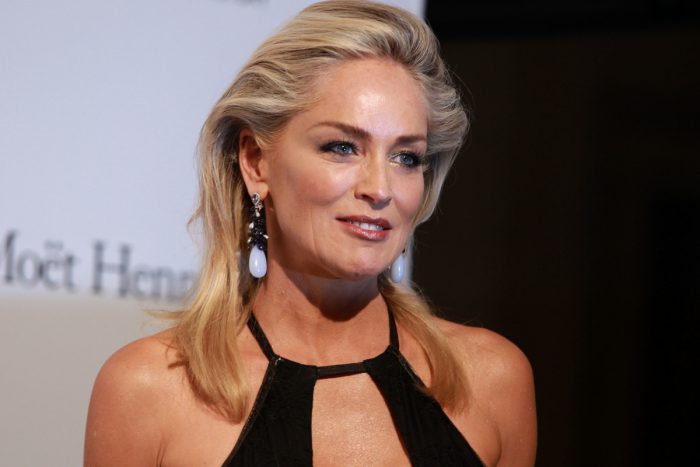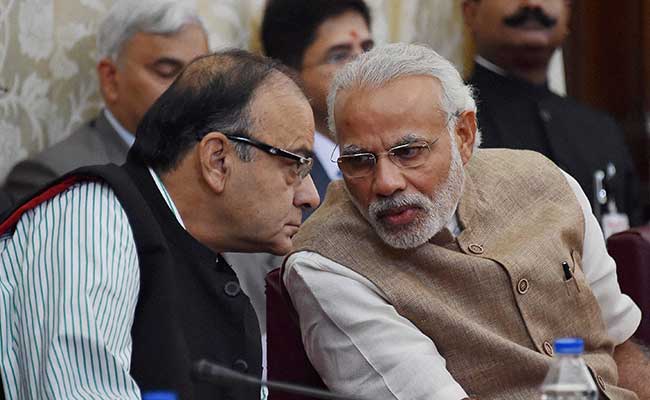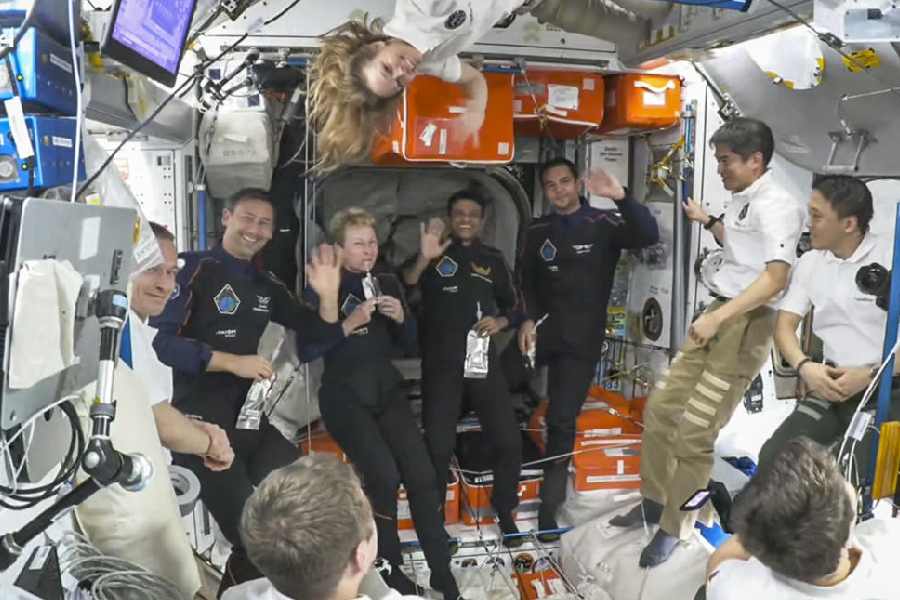
“Hello everyone, namaskar from space. I am thrilled to be here with my fellow astronauts. Wow, what a ride it was. When I was sitting in the capsule on the launchpad, the only thought in my mind was: let’s just go,” Group Captain Shubhanshu Shukla said after the Axiom-4 Mission lift-off.
Now, an astronaut, Shukla created history by becoming the first Indian ever to set foot on the International Space Station (ISS). A live broadcast showed the Axiom-4 (Ax-4) mission docking with the orbiting laboratory and its four-member crew crossing over to the ISS. Shukla is only the second Indian to travel to space. His trip comes 41 years after cosmonaut Rakesh Sharma became the first Indian to fly aboard a Russian Soyuz in 1984.
As Group Captain Shubhanshu Shukla creates a new milestone in space for India, the whole nation is excited and proud of an Indian’s journey into the stars. He and his fellow astronauts of Axiom Mission 4 from the US, Poland and Hungary prove the world is indeed one family –…
— President of India (@rashtrapatibhvn) June 25, 2025
Led by former Nasa veteran Peggy Whitson and piloted by Group Captain Shukla, Ax-4 lifted off on June 25, 2025. The crew, including Slawosz Uznanski-Wisniewski from Poland and Tibor Kapu from Hungary, will spend two weeks on the ISS.
During their two-week mission, the crew would spend most of their time conducting 60 scientific experiments, including seven designed by Indian Space Research Organisation (Isro). Shukla will conduct pioneering India-specific experiments in space. These include studying ‘water bears’ – microscopic organisms – to understand how living things adapt to microgravity. These studies also include examining muscle regeneration, growth of sprouts, survival of tiny aquatic organisms, and human interaction with electronic displays in microgravity. The research will also study the effects of microgravity and space radiation on edible microalgae — a nutrient-rich, high-potential food source for future space missions. The experiment will evaluate key growth parameters and examine transcriptomic, proteomic, and metabolomic changes in different algal species in space compared to their behaviour on Earth.
I had a wonderful conversation with Group Captain Shubhanshu Shukla as he shared his experiences from the International Space Station. Watch the special interaction! https://t.co/MoMR5ozRRA
— Narendra Modi (@narendramodi) June 28, 2025
After docking in the ISS, Axiom Space had a live uplink with the astronauts on board where Shukla spoke about his first 24 hours in space. He said, “What a ride!,” adding that it has been “an amazing feeling to be just floating in space” and that “it’s been fun time”. “I was not feeling great when we got shot into vacuum, but I’m told I’ve been sleeping a lot, which is a great sign,” he said laughing.
“I’m enjoying the view, the experience and learning anew, like a baby, how to walk, to control yourself and to eat and read,” he added.
As Shukla and other crew members spoke, Joy – a small, white toy swan described as Ax-4’s “fifth crew member” – floated in and out of vision. Axiom has said Joy is “more than a cute companion for the Ax-4 crew” and is travelling to space as their “zero-G [zero-gravity] indicator”. Shukla said the baby swan “symbolises wisdom and ability to discern what is important and what is not” which made it “so important in this age of distractions”.
Soon after the launch, Commander Peggy Whitson revealed the name of their vehicle: Grace. She said, “Grace is more than a name,”. “It reflects the elegance with which we move through space against the backdrop of Earth. It speaks to the refinement of our mission, the harmony of science and spirit, and the unmerited favour we carry with humility.” The name, she added, was a reminder “that spaceflight is not just a feat of engineering, but an act of goodwill – for the benefit of every human, everywhere”.
Shukla and three other astronauts were formally welcomed on the space station by the members of Expedition 73 with warm hugs and handshakes. Axiom mission commander Peggy Whitson handed out astronaut pins to Shukla, Polish astronaut Slawosz Uznanski-Wisniewski and Hungarian Tibor Kapu, who marked their maiden voyage to space. “I am astronaut 634. It is a privilege to be here,” Shukla said in brief remarks at the formal welcome ceremony in the space station. “With your love and blessings, I have reached the International Space Station. It looks easy to stand here, but my head is a little heavy, facing some difficulty; but these are minor issues,” he said. “I am learning like a baby; how to walk and eat in space,” he added. Indeed, a big achievement on part of India.








